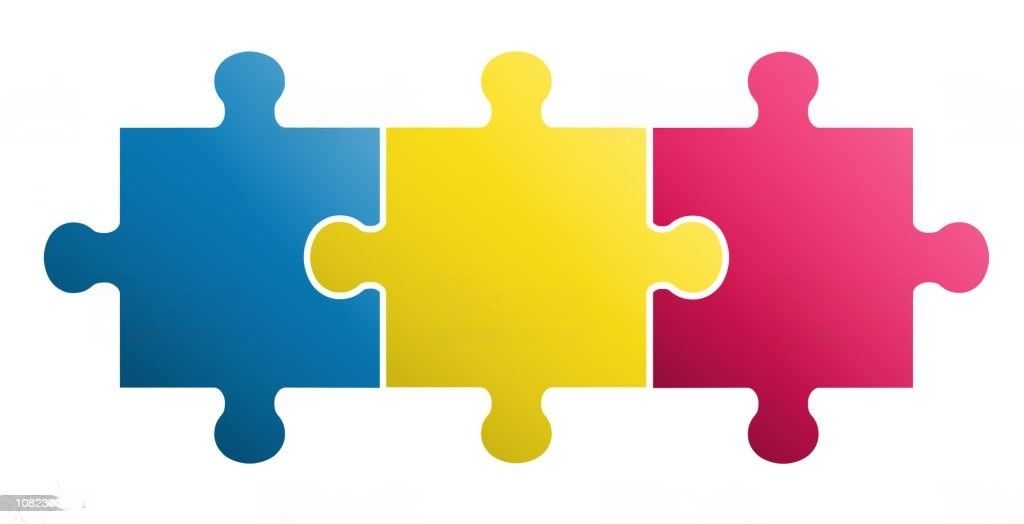Understanding Transactional Analysis
Unlocking Your Inner Personalities

One of the intriguing yet beneficial concepts in psychotherapy, specifically Transactional Analysis, proposes that within each of us exist three essential personalities: the child, the parent, and the adult. Let's delve into these roles further. The child embodies vulnerability, trust, and dependence, yearning for support, tenderness, structure, and rules. On the other hand, the parent represents strength, control, responsibility, but can also be critical and overburdened. Lastly, the adult is rational, thoughtful, balanced, and kind. Ideally, we should effortlessly transition between these personalities as needed.
In a healthy relationship, we constantly shift between these roles, primarily dwelling in the adult zone but capable of assuming the parent or child mode when circumstances require. For instance, during moments of sadness and stress, it is crucial to embrace our inner child, express our needs, seek help, and trust that kindness and understanding will be extended to us, free from fear of judgment or belittlement.
Conversely, there are instances when our usually adult partner may experience a crisis, regressing into a childlike state. In these situations, we can step up and embody a parental role, offering support, patience, and calmness in the face of their irrationality. We must be secure enough in ourselves to know that our partner will soon regain their maturity and self-control.
If a couple has young children, both partners may frequently take on the parent role. However, once the kids are asleep, they might playfully embrace their inner child or adopt the adult persona for their partner's vulnerable moments. The challenge arises when individuals or couples become stuck in one particular role, unable to shift between them. Some people are perpetually childlike, while others are constantly in a parental mode, and some are strictly adult.
In certain relationships, one partner consistently assumes the child role, while the other takes on the parent role. The "child" may be endearing but not entirely reliable, often forgetting tasks, misplacing items, and displaying a certain level of irresponsibility. Leaving them in charge can be a cause for concern. On the other side, the "parent" figure is always reminding, scolding, and alternating between indulgence and strictness towards their partner's childlike behavior.
This rigidity in roles and the difficulty in transitioning stems from past experiences that have made it challenging or frightening to shift. Some individuals remain stuck in the child role due to an upbringing where their nascent maturity was not tolerated by a loving parent. They believed that staying dependent and infantile was the only way to receive love. Alternatively, others may feel compelled to remain in the child mode because displaying independence and pride in their adult ideals would provoke anger, emasculation, and humiliation from a parent.
Conversely, some individuals have endured such mistreatment, anxiety, and lack of support during their formative years that the mere thought of reverting to a childlike state, even for a short period, poses unbearable challenges to their sense of self. While they may comfortably embrace the parental role, they are unable to fully embrace their inner child.
The path to overcoming these obstacles lies in self-exploration and honest communication within relationships. Problems are never as insurmountable as they seem once we bring them into consciousness and discuss them openly. Admitting that we struggle to embody the adult or child roles is not a peculiar confession; instead, it signifies a deep commitment to personal growth and maturity.
Additionally, it would be effective to depict the puzzle pieces in vibrant colors, signifying the dynamic nature of these personalities and the potential for growth and transformation. The image could also include arrows or paths connecting the puzzle pieces, representing the fluid movement between the roles and the importance of maintaining a healthy balance.
Another option for the blog image could be an illustration of a person standing at a crossroads, with three distinct paths branching out in front of them. Each path would represent one of the personalities: the child, the parent, and the adult. This image would visually convey the concept of choice and the ability to navigate between these roles depending on the situation and the needs of oneself and others.
Ultimately, the chosen image should capture the essence of the script's message: the significance of understanding and integrating our inner child, parent, and adult personalities to cultivate healthy relationships and personal growth.
About the Creator
Enjoyed the story? Support the Creator.
Subscribe for free to receive all their stories in your feed. You could also pledge your support or give them a one-off tip, letting them know you appreciate their work.





Comments
There are no comments for this story
Be the first to respond and start the conversation.